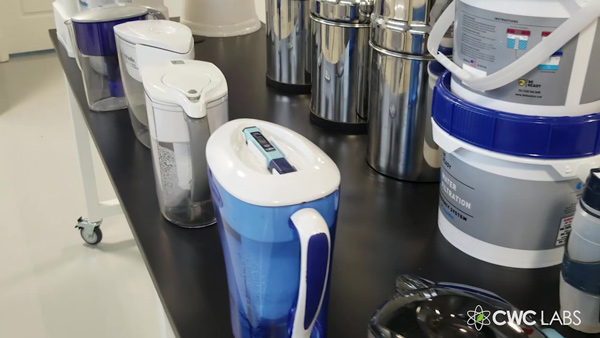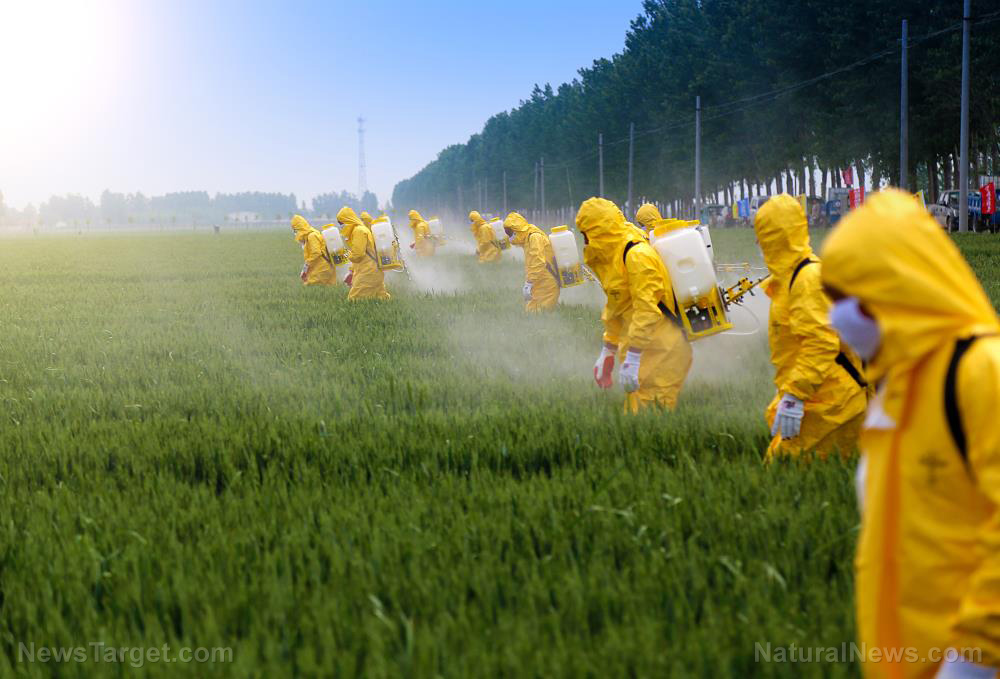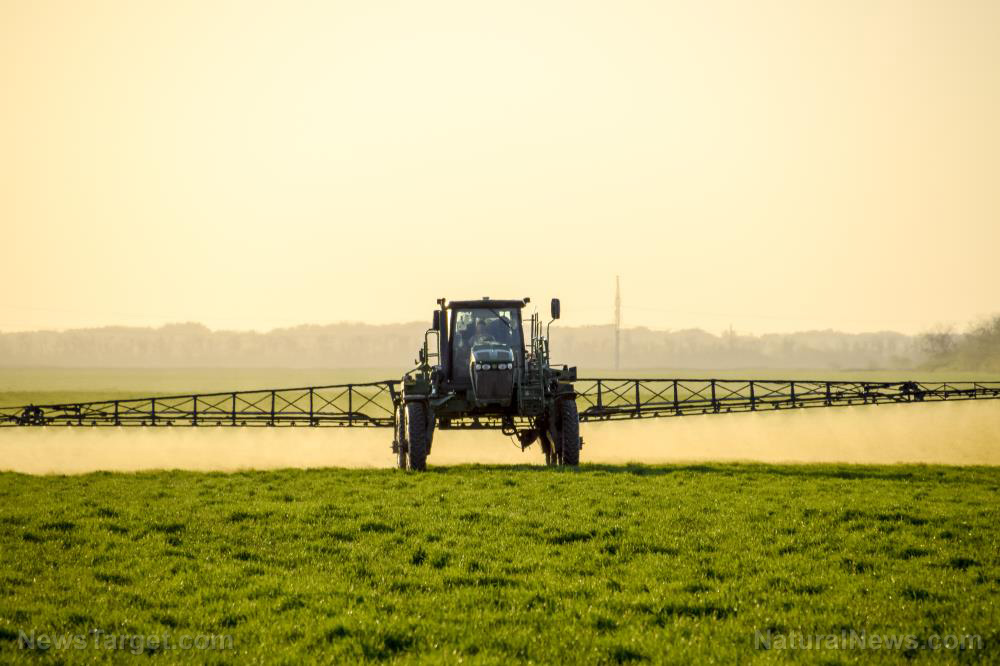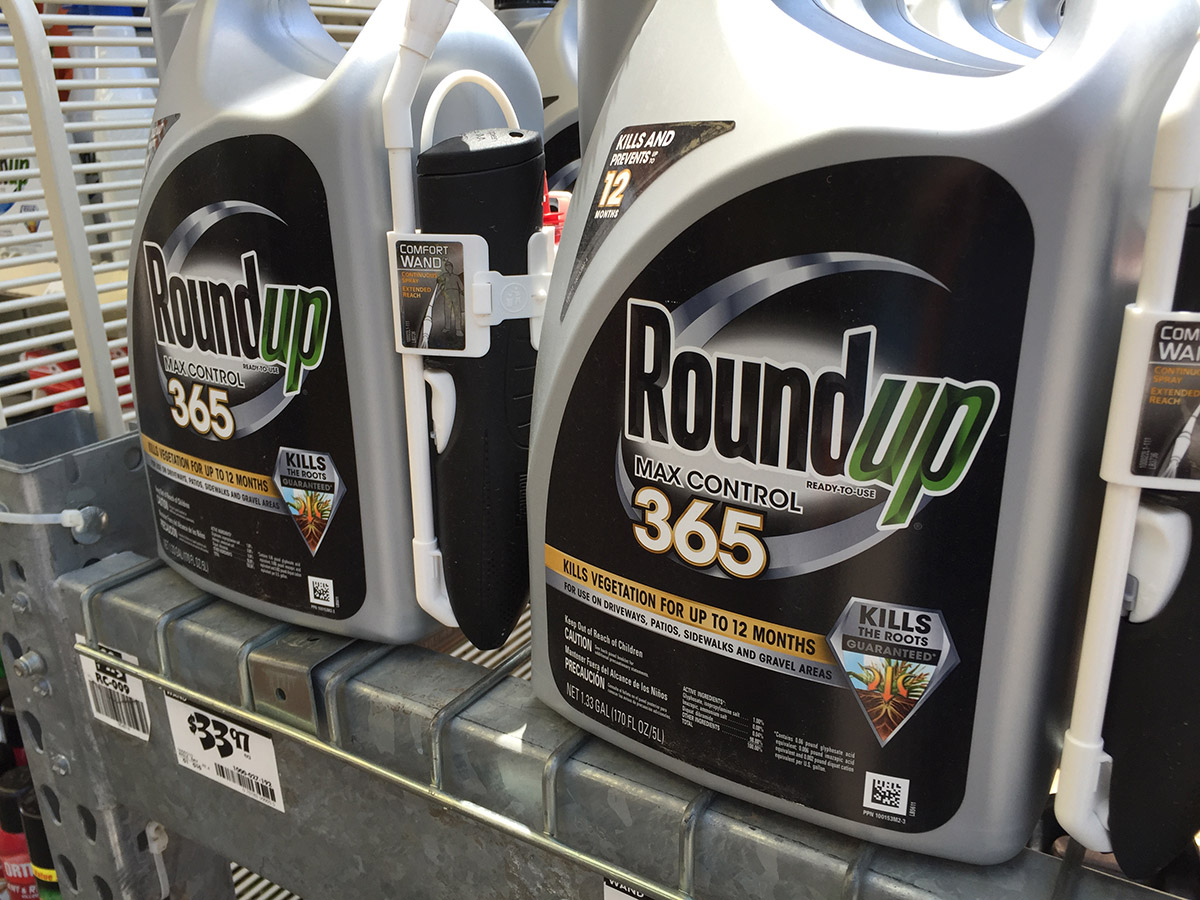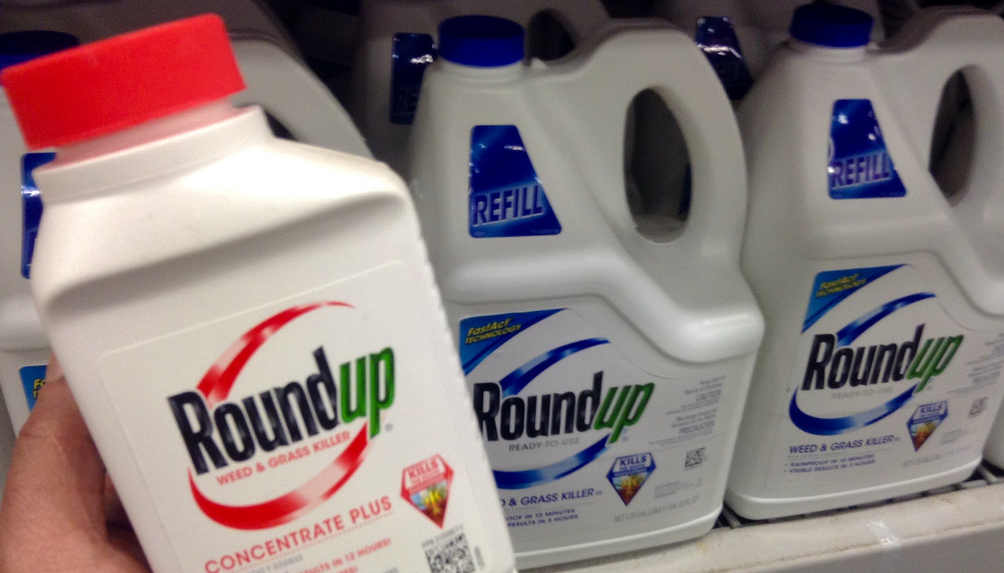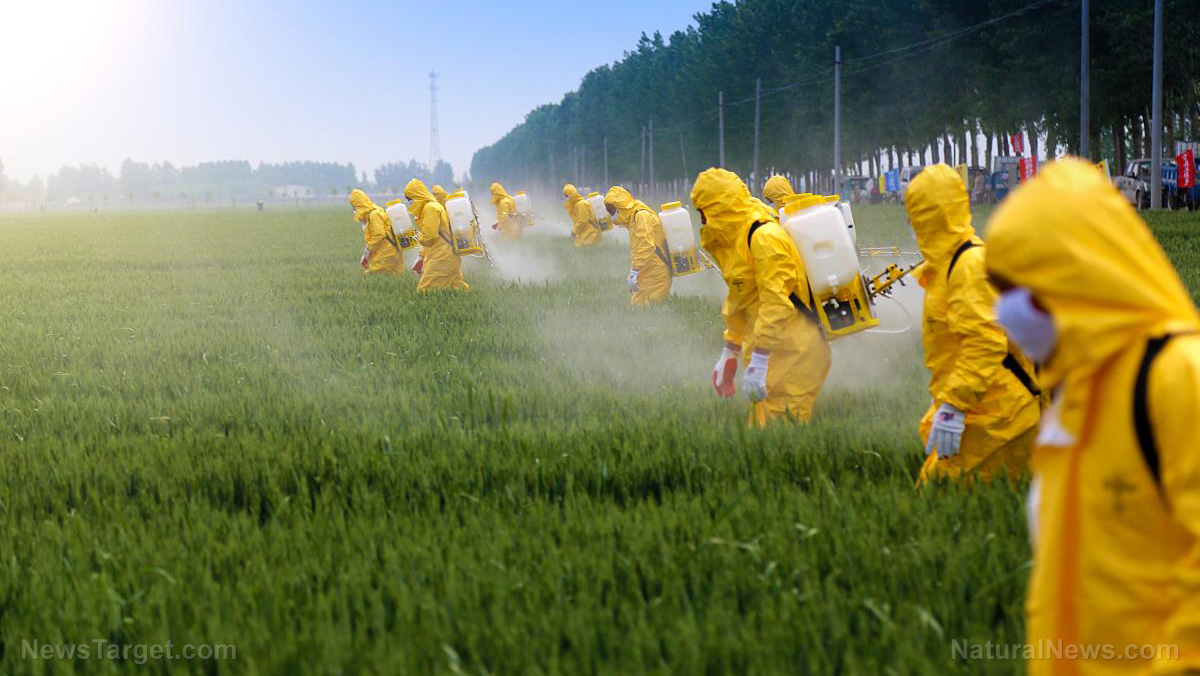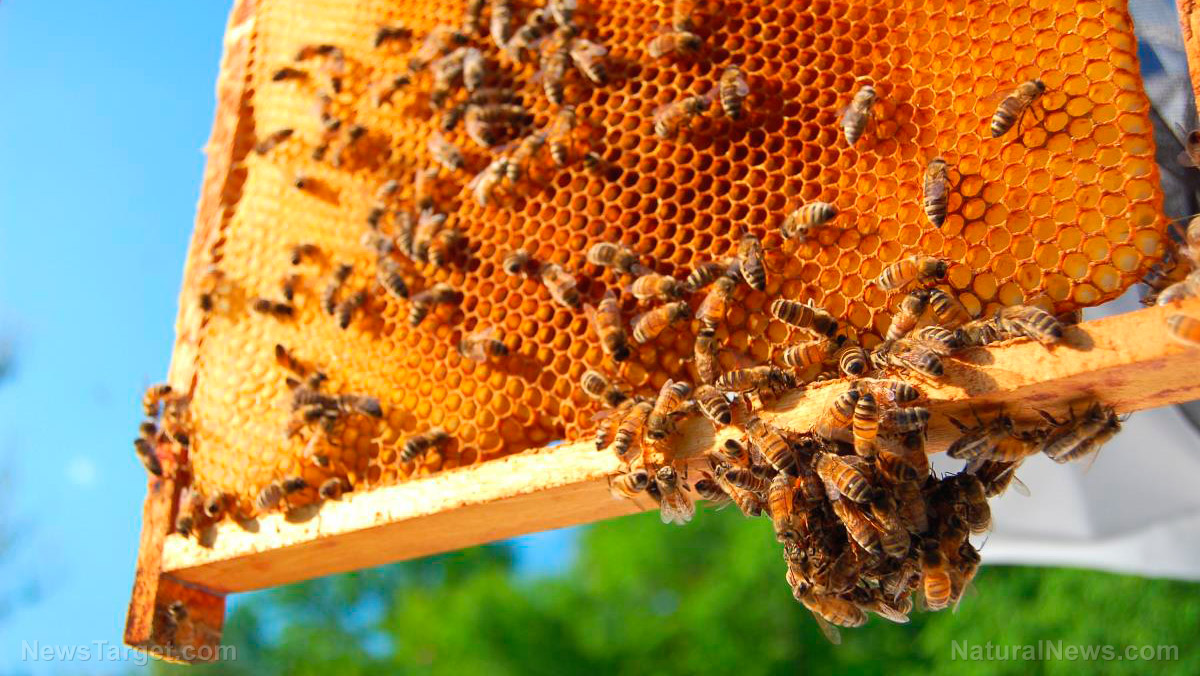Researchers share how to conquer herbicide-resistant superweeds that threaten the food supply in the Midwest
09/21/2017 / By Jhoanna Robinson
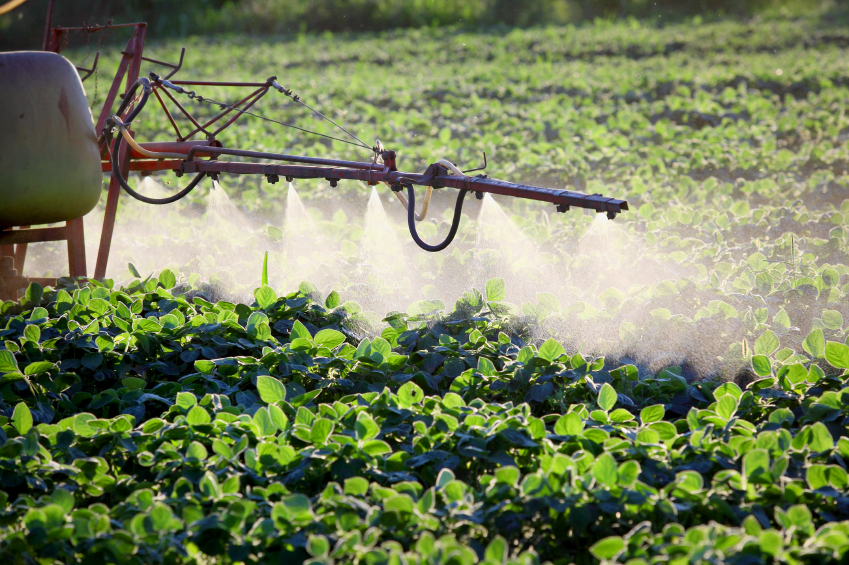
In the latest edition of Weed Science, researchers shared new knowledge about how to manage the growth of herbicide-resistant kochia, a weed that takes nutrients from both dryland and irrigated crops across the Great Plains.
Kochia usually starts to sprout in late February or early March before the emergence of other summer annual weed species. It then distributes its seeds via the air when they get scattered across the landscape.
Emergence densities were widely different across the plots and study years – from as few as four to almost 380,000 seedlings per square meter. Cumulative growing days needed for 10 percent emergence also varied widely. One hundred sixty-eight days were needed in Kansas; only 90 days were needed in Nebraska and Wyoming.
The study’s authors said pre-emergence weed control should be started in the fall or by early February to stop the proliferation of the first flush of seedlings. Cover crops that were securely made during the fall can create a shield that suppresses the density of kochia that start to sprout in spring.
Early season land preparation can also be effective against kochia emergence, as seeds that were dispersed during tillage presents a very low chance of being viable, researchers said. They warn that kochia can still sprout until the mid-summer, so an extended management program may be necessary.
An herbicide that is allegedly causing more harm than good
Agricultural damage in northeast Arkansas and across the Midwest of trees, soybeans, and other crops has recently been prevalent due to exposure to a controversial herbicide called dicamba, of which a telltale sign is the curling downward of infected plants’ leaves, like a dying black umbrella.
Dicamba was first approved for agricultural use in March 2017 – it was supposed to guarantee weed control in cottonwoods and soybeans to get rid of unwanted plants such as pigweed. Right after its approval, farmers all over the country planted over 20 million acres of dicamba-resistant soybeans.
However, instead of killing just weeds, dicamba also got rid of crops. According to University of Missouri researcher Kevin Bradley, over 3.1 million acres of soybeans have been damaged by dicamba in at least 16 states, including major soybean producers as Illinois, Iowa, and Minnesota.
For his part, Iowa State University agronomy professor Bob Hartzler said: “It’s really hard to get a handle on how widespread the damage is. But I’ve come to the conclusion that [dicamba] is not manageable.”
Also, during a July 29 call with federal officials, researchers at the Universities of Tennessee, Arkansas, and Missouri have attested to dicamba’s extreme volatility, saying it can float to other fields as long as 72 hours after application. (Related: Genetically modified alfalfa and Roundup herbicides may create an agricultural disaster.)
Organizations that think the use of dicamba is harmful were quick to say that the United States Environmental Protection Agency (EPA) approved dicamba without thoroughly studying and understanding the matter, and only did so due to pressure from farmer associations, industry groups, and state agriculture departments, which needed the new herbicide to control glyphosate-resistant weeds.
As a matter of fact, the furor over dicamba has caused the emergence of lawsuits, state and federal investigations, and one confrontation that climaxed to a farmer’s shooting death and related murder charges.
The EPA denied that there was something amiss regarding dicamba’s approval process or that it was fast-tracked to satisfy affected stakeholders, but has indicated in early August its plans of shelving the dicamba herbicides.
“We’re on a road to nowhere. The next story is resistance to a third chemical, and then a fourth chemical – you don’t have to be a rocket scientist to see where that will end,” Tucson, Arizona-based nonprofit organization Center for Biological Diversity senior acientist Nathan Donely said.
Scott Partridge, Vice President of Global Strategy at St. Louis, Missouri-based multinational agrochemical company Monsanto, is of the opinion that the incidence of farm devastations that have been linked with dicamba usage was due to farmers spraying older dicamba formulations or using the herbicide with the wrong equipment.
Monsanto invested $1 billion in dicamba production plants in 2016.
Read up on more stories such as this one at Environ.news.
Sources include:
Tagged Under: agricultural chemicals, agricultural crops, agricultural damage, Dicamba, herbicide, herbicides, kochia, superweeds, weeds




